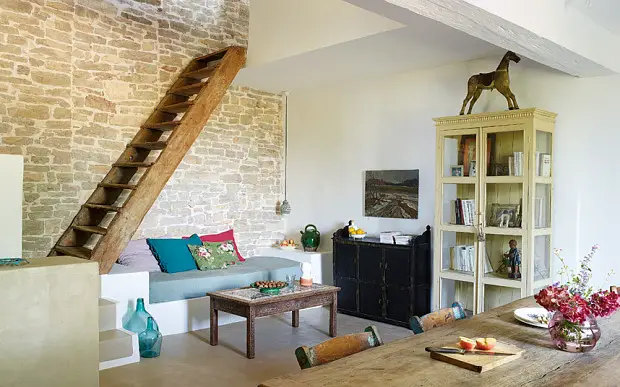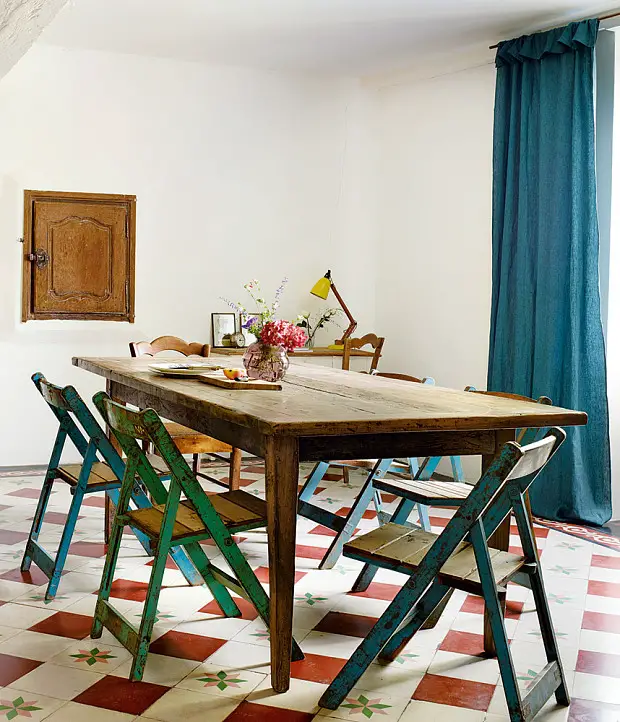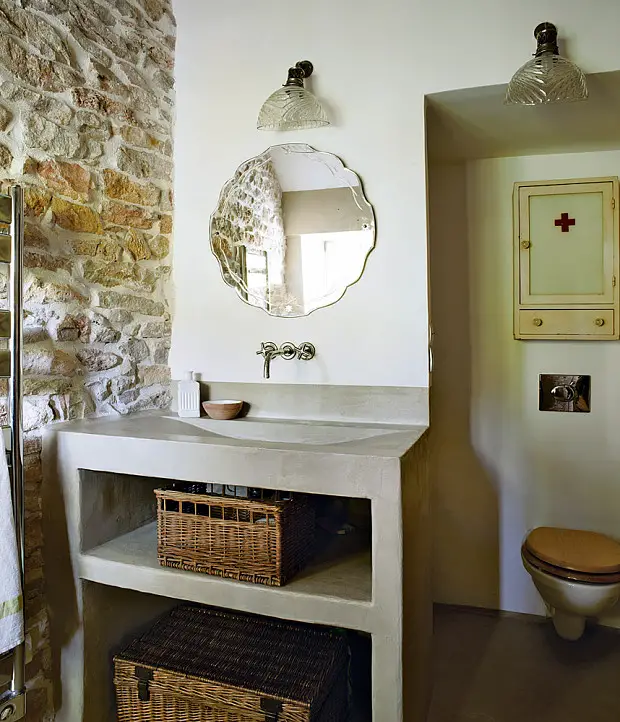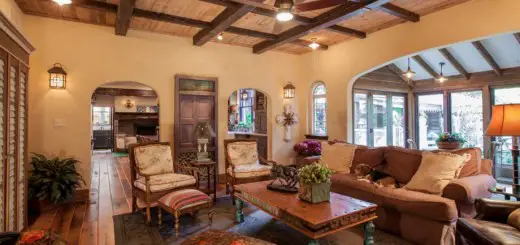The splendid transformation of a vineyard in Burgundy
The shelter of an old vineyard in Burgundy, a region in the central-eastern part of France, has been completely restored to get a whole new look. The mission went to an interior designer in Paris, Veronica Isker, follower of a less-for-more style, as seen in the photos below, published by Daily Telegraph, which shows the splendid transformation of a rustic vineyard in Burgundy.
A stone building, raised in the eighteenth century, the shelter was renovated to become a holiday retreat. The designer tells how she and her family sought a refuge from the everyday madness of the city. They finally stopped the Burgundy region. Hidden between the famous Cote Chalonnaise vineyards and the historic town of Beaune, the rustic vineyard the designer set her eyes on had been in disuse for more than a century. Everything seemed suspended in time, she recalls, no electricity and plumbing, but with a special charm around.
Easy to understand that the efforts to revive the old building were huge. The family spent three summers in a row renovating the old cellar, turning to manpower from the nearby communities. Most of the internal walls were knocked down, keeping only the resistance structures, the original wood beams and roof tiles.

The splendid transformation of a vineyard – the living
Finally, the house was rearranged as follows: a bathroom on the left side of the main entrance and a bedroom on the right. Most of the space on the ground floor was reserved for the living room which also incorporates the diner. Upstairs, the mezzanine has a master bedroom and a storage room. French windows in traditional style, some of them enlarged, overlook the garden.

The splendid transformation of a vineyard – the living again
For the splendid transformation of a vineyard, Veronika Isker says she took her inspiration from the traditional Greek style, with simple and aesthetic colors and masonry. She bet on natural materials in arranging the interior using raw oak beams and leaving the old tiles on the kitchen floor to delineate it from the rest of the living room in which it is incorporated. An old stone wall was left in the bathroom to contrast with the whitewashed walls.

The splendid transformation of a vineyard – the kitchen
The designer finally turned to furniture items bought in the flea markets in Burgundy, many of them being donated by the family. Its origin Latvian reflected it in different patterns on walls while her husband’s African roots are found in pots and other traditional items.

The splendid transformation of a vineyard – the bathroom
















